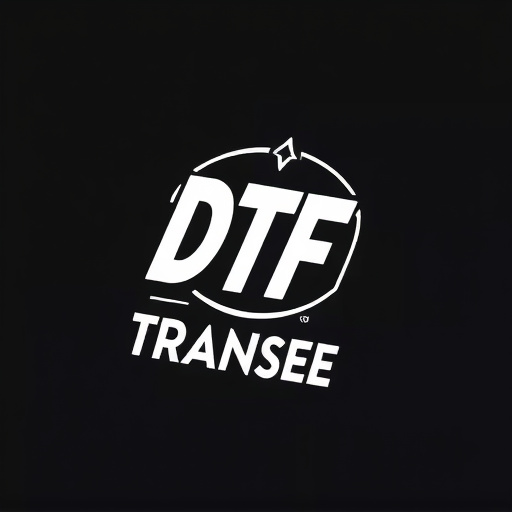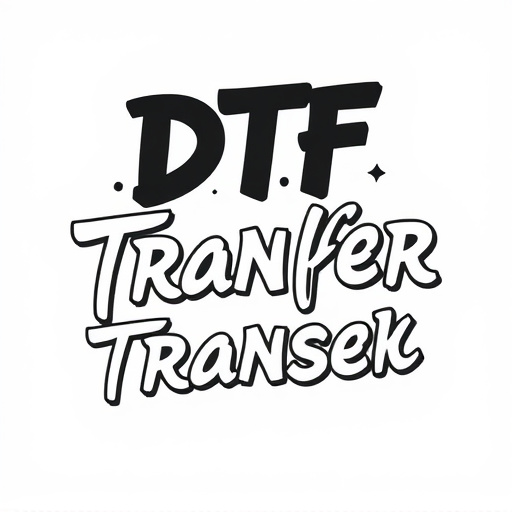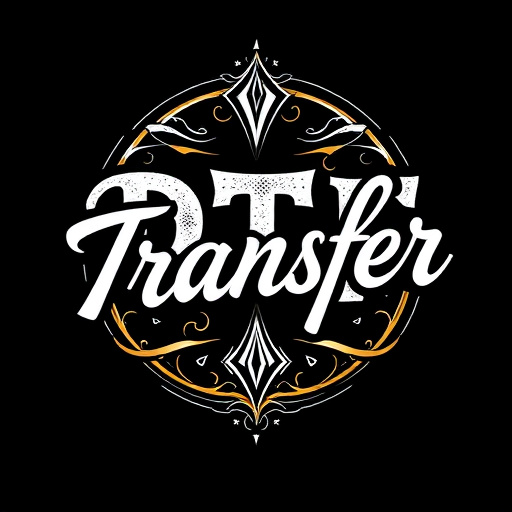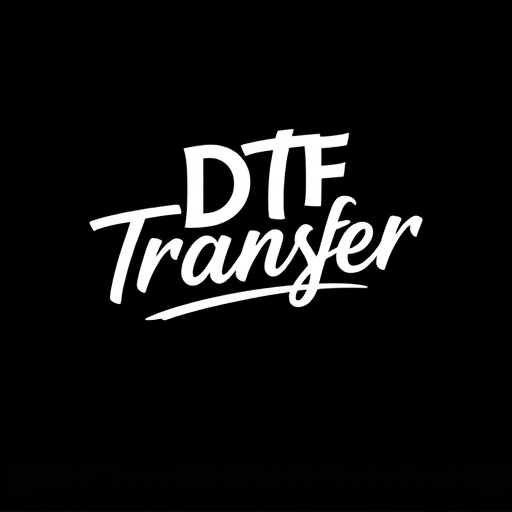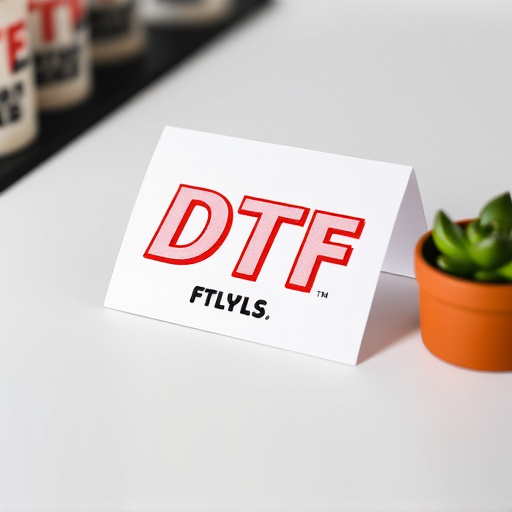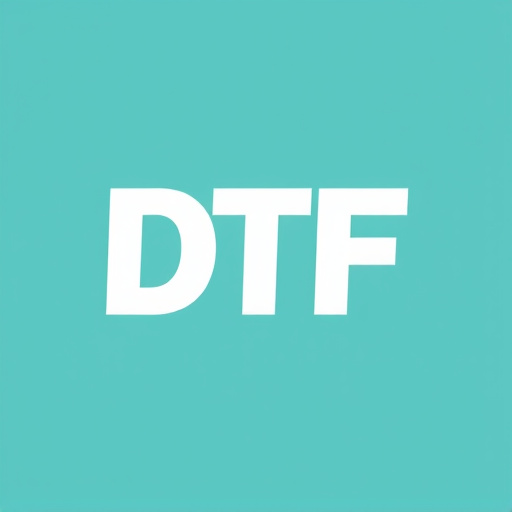Direct-to-Film (DTF) transfers are revolutionizing image reproduction with their cutting-edge direct printing onto surfaces like vinyl and canvas. This method excels in small batches and custom designs, offering high-quality, vibrant DTF prints with intricate details. Expedited production services provide fast turnaround times without compromising quality, making DTF printing ideal for artists, designers, and businesses. Advanced technologies and skilled technicians ensure precise color reproduction and crisp details, catering to diverse industry demands from apparel to advertising. When choosing a provider, look for companies focused on excellence, equipped with modern technology, offering swift turnaround, customization, transparent pricing, flexible ordering, and robust support.
“Discover the power of Expedited Production Services for Direct-to-Film (DTF) transfers, revolutionizing the way you create and print high-quality images. This comprehensive guide explores the benefits of streamlined DTF production, offering a fast track to exceptional results.
From understanding the fundamentals of DTF Transfers to choosing the ideal service provider, we demystify the process. Learn about the step-by-step DTF printing procedure, common challenges, and their solutions. Explore inspiring case studies showcasing successful DTF prints in various applications.”
- Understanding Direct-to-Film (DTF) Transfers: A Quick Overview
- The Benefits of Expedited DTF Production Services
- How DTF Printing Works: A Step-by-Step Guide
- Choosing the Right DTF Transfer Service Provider
- Common Challenges in DTF Printing and Their Solutions
- Case Studies: Successful DTF Transfers in Action
Understanding Direct-to-Film (DTF) Transfers: A Quick Overview
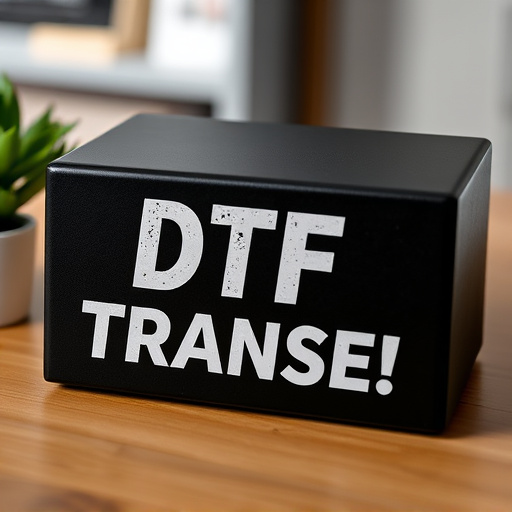
Direct-to-Film (DTF) Transfers are a cutting-edge method revolutionizing the way we reproduce and print images directly onto various surfaces, from vinyl to canvas. This modern technique bypasses traditional intermediate steps, such as printing to film or paper, offering faster turnaround times and enhanced image quality. DTF Printing is particularly advantageous for small batch runs, custom projects, and those seeking a unique, high-impact finish.
The process involves precisely exposing film or a digital sensor to light, which hardens the emulsion in specific areas based on the original image data. This allows for direct transfer of the image onto the desired substrate, resulting in vibrant DTF Prints with exceptional detail. By eliminating the need for extensive setup and post-processing, DTF Transfers streamline production, making them an attractive option for artists, designers, and businesses requiring swift, high-fidelity output.
The Benefits of Expedited DTF Production Services
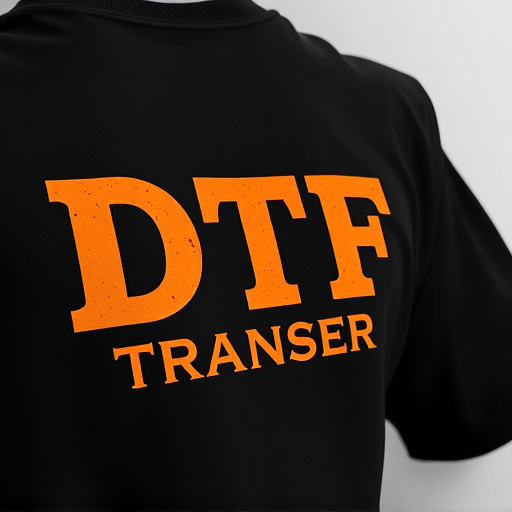
Expedited production services for direct-to-film (DTF) transfers offer a multitude of benefits that can significantly enhance the efficiency and quality of your film projects. Firstly, these services streamline the entire process from start to finish, allowing for faster turnaround times without compromising on print quality. This is particularly advantageous for urgent productions or when working with tight deadlines.
Moreover, DTF production companies often employ advanced technologies and skilled technicians who specialize in DTF transfer and printing. This expertise ensures precise color reproduction, crisp details, and vibrant visuals, making your film look its best. Additionally, these services provide a cost-effective solution by optimizing resources and minimizing waste, which is essential for both small-scale and large-budget productions.
How DTF Printing Works: A Step-by-Step Guide
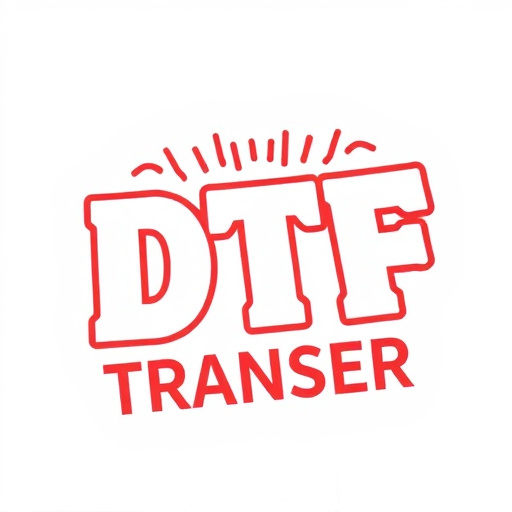
Direct-to-film (DTF) printing offers a cutting-edge method for creating high-quality prints directly from digital files, revolutionizing the way we approach photo replication. This technology has gained popularity among professionals and enthusiasts alike due to its speed, precision, and versatility. Here’s a simplified breakdown of the DTF transfer process:
1. Digital File Preparation: The journey begins with your digital image, be it a photograph, illustration, or design. This file is optimized for printing, ensuring the correct resolution and color profiles. Softproofs are often used to preview the final output before sending it to the printer.
2. Inkjet Printing: A specialized inkjet printer uses fine nozzles to deposit tiny droplets of pigment onto a clear, flexible film. The film, typically made from polyester or similar materials, is precisely coated with a light-sensitive emulsion. As the printer yields each droplet, it hardens the emulsion, creating a negative image of your digital file on the film.
3. Exposure and Development: After printing, the film is exposed to controlled light, either through a mask or direct sunlight, depending on the chosen development method. This exposure hardens specific areas of the emulsion, leaving unexposed sections soluble. The film is then processed in a chemical bath, washing away the unexposed emulsion and revealing a positive stencil of your design.
4. Transfer to Substrate: The printed film, now a stencil, is carefully transferred onto a chosen substrate—this could be various materials like fabric, paper, or even metal. Heat and pressure are applied to fuse the ink permanently onto the surface, resulting in vibrant, sharp DTF prints.
Choosing the Right DTF Transfer Service Provider

When selecting an Expedited DTF (Direct-to-Film) Transfer service provider, it’s crucial to consider several factors. Look for companies specializing in high-quality DTF Printing with a proven track record of consistent results. Ensure they employ state-of-the-art equipment and have experienced technicians who understand the nuances of DTF Transfers.
Verify their turnaround times for expedited services, as well as their capacity to handle custom requirements. Reputable providers will offer transparent pricing, flexible ordering options, and excellent customer support throughout the process. A reliable DTF Transfer service should be able to deliver exceptional prints while adhering to your project’s deadlines.
Common Challenges in DTF Printing and Their Solutions

Direct-to-film (DTF) transfers face several challenges that can impede their quality and efficiency. One common issue is DTF printing accuracy, where colors may shift or resolution decrease, leading to prints that don’t perfectly match the original source material. This problem can be mitigated by utilizing advanced printing technologies like UV curable inks, which offer superior color fidelity and precision.
Another challenge is production speed; DTF transfers often require lengthy set-up times and can be slow for large runs. To address this, streamlined production processes are implemented, including automated plate making and efficient drying systems. Moreover, using modern presses designed specifically for DTF printing can significantly boost throughput while maintaining print quality. These solutions ensure that DTF prints meet high standards for both accuracy and speed, catering to the demands of various industries looking to quickly produce high-quality materials.
Case Studies: Successful DTF Transfers in Action
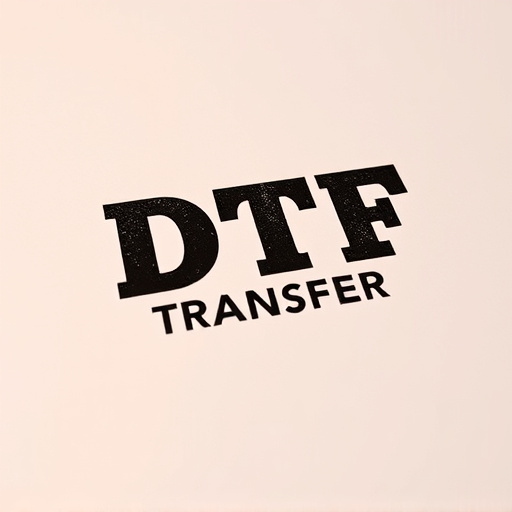
Direct-to-film (DTF) transfers have proven to be a game-changer in various industries, offering expedited production services that deliver exceptional results. Case studies illustrate successful DTF implementations across different sectors. For instance, in the textile industry, DTF printing has revolutionized custom apparel creation. Marketers and brands can swiftly produce limited-edition clothing lines, catering to individual styles and trends without large minimum order quantities. This method enhances flexibility, enabling businesses to stay agile and responsive to market demands.
Moreover, DTF transfers have found application in signage and advertising. Companies producing event banners, trade show displays, and outdoor advertisements have witnessed significant time and cost savings through DTF. The process allows for rapid production of high-quality, durable prints, ensuring that marketing materials are ready just in time for events or campaigns. These real-world examples highlight the versatility and efficiency of DTF transfers as a reliable solution for direct-to-film printing needs.

